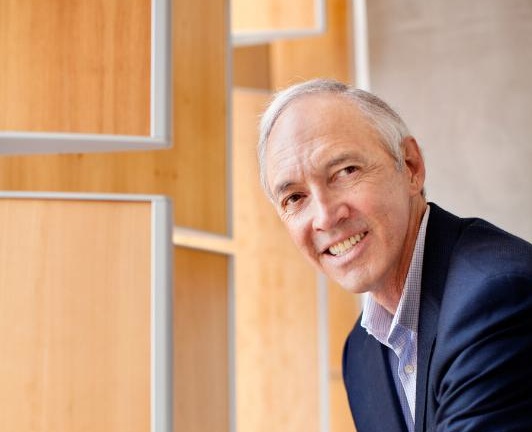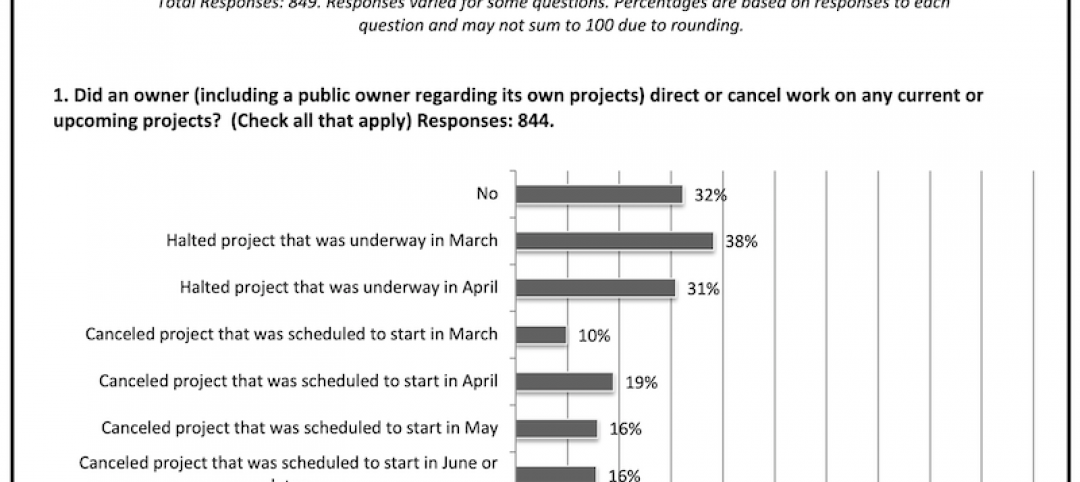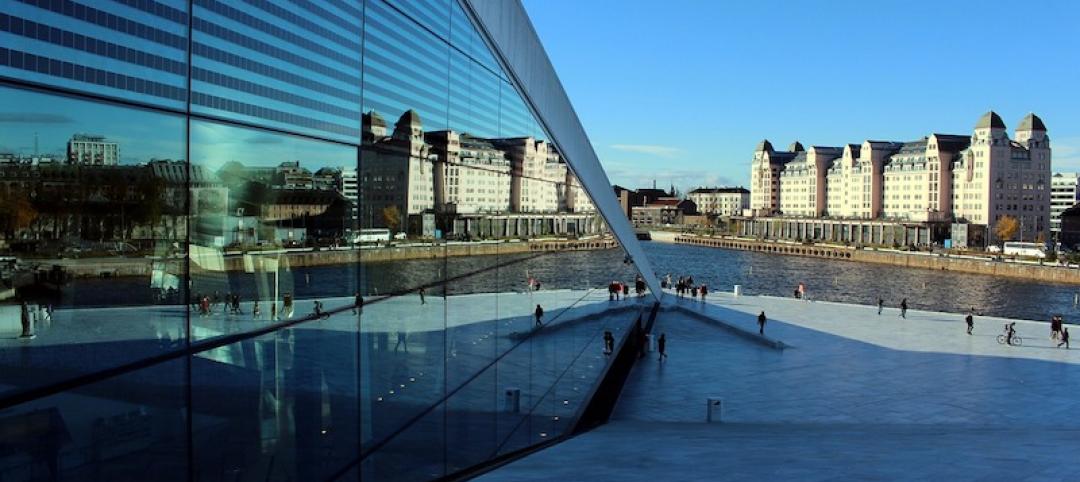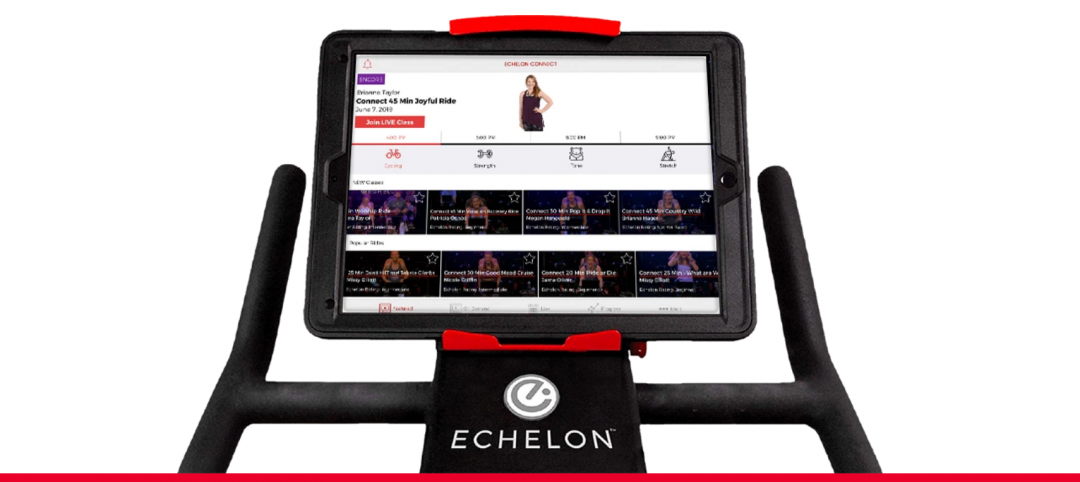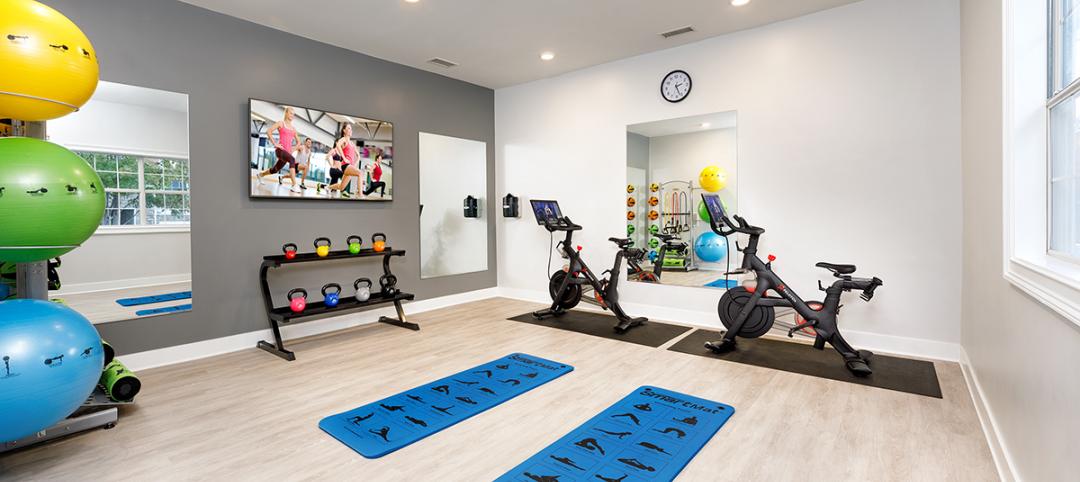Green building consultant Jerry Yudelson, PE, LEED Fellow, has been named President of the Green Building Initiative and the Green Globes environmental assessment and rating program. BD+C's Robert Cassidy talks with Yudelson about his appointment and the future of Green Globes.
BD+C: What are your plans for the Green Building Initiative and Green Globes over the next six months or so?
Jerry Yudelson: The GBI and Green Globes have not had a significant public face, so the obvious thing is for me to be public face of the organization and its rating tools. I hope to have a lot of visibility in the next six months, meeting with AEC firms around the country, so they can at least say, “Now I get what Green Globes is all about.”
We’ll also be rolling out the new Commercial Interiors for Tenant Improvement rating system, updating the existing building rating system, and reaching out to prospects and clients who want a rating tool for either new construction or an existing building.
BD+C: Where do you see Green Globes competing in the marketplace?
JY: If you look at the building market by size of structure, there are very few large buildings and lots of smaller ones, less than 50,000 sf. The fixed cost of doing LEED is cost-prohibitive for smaller buildings, so there’s an opportunity for Green Globes.
A second area would be those institutional owners who say, “We want you to design to LEED standards but we don’t want to bear the cost of LEED certification.” So that’s another market for us.
In the retail sector, we’re doing work with Whole Foods, Fidelity Investments, and Capital One, and we think there are additional opportunities in retail, which is the second-largest building market out there after office buildings.
‘All I want is for people to give Green Globes a shot.’
—Jerry Yudelson
Green Globes is a good tool. It just hasn’t been sold.
BD+C: For AEC professionals, building owners, and developers who may be unfamiliar with Green Globes, what are its key “selling points”?
JY: Better, faster, cheaper [than LEED]. One of Green Globes’ distinguishing characteristics is the use of on-site assessors to actually look at a project during construction. They can look at the building and see if it has the correct number of recycling bins, or how close it is to a transit stop.
That has the effect of short-circuiting the review process you get with LEED, with people in Washington who are doing the equivalent of parsing holy writ. With Green Globes, you don’t have to prepare all that documentation, because the assessor can see it firsthand. That helps bring the cost of using Green Globes to about half that of using LEED.
BD+C: Green Globes has been approved for use by the GSA, but there are already rumblings within GSA that “we’ve always had a rating system [LEED], and there’s no reason to change it.” How will you respond to that?
JY: GSA is fairly decentralized, and they are not doing a lot of new buildings, mostly reconstruction of existing buildings, as the landlord for other agencies. If a GSA client agency wants 20,000 sf of space, LEED costs this much and GG is about half of that. GSA has blessed both systems. We'll address their concerns at the HQ level and also at the GSA regional level.
BD+C: Given your longstanding role with the USGBC and LEED, are you surprised that the Green Building Initiative would pick you to head the organization?
JY: I’ve been engaged with the USGBC and LEED because I’m for green building. That’s always been my motivation. Green Globes is another tool, and I believe that there are many paths, one goal. We need to have competition in the marketplace to spur innovation and keep costs down, so I view this as an opportunity for the USGBC to go back and look at their own tools and say, What are they [the GBI] doing that we could use? LEED has a lot of archaic parts that need fixing.
Less than half of LEED-registered projects are going to full certification, and lots of owners are not even registering. And there are people who are advertising their projects as LEED registered, with no intention of going through with it, which is something that I think needs to be policed. It’s a cost issue with many clients.
All I want is for people to look at Green Globes and give it a shot. This is a great tool for practical people who are cost sensitive and want to do the right thing with their buildings.
Note to readers: With his appointment to the presidency of the Green Building Initiative, Yudelson will be stepping down from his role as a Consulting Editor of Building Design+Construction.
More from Author
Rob Cassidy | Mar 30, 2020
Your turn: Has COVID-19 spelled the death knell for open-plan offices?
COVID-19 has designers worrying if open-plan offices are safe for workers.
Rob Cassidy | Mar 25, 2020
Coronavirus pandemic's impact on U.S. construction, notably the multifamily sector - 04-30-20 update
Coronavirus pandemic's impact on U.S. construction, notably the multifamily sector - 04-30-20 update
Rob Cassidy | Nov 20, 2019
Word of the Year: "climate emergency," says the Oxford English Dictionary
The Oxford Word of the Year 2019 is climate emergency.
Rob Cassidy | Nov 8, 2019
The Peloton Wars, Part III - More alternatives for apartment building owners
ProForm Studio Bike Pro review.
Rob Cassidy | Nov 1, 2019
Do car-free downtown zones work? Oslo, yes; Chicago, no
Two recent reports (October 2019) explore whether car-free downtowns really work, based on experience in Oslo, Norway, and Chicago.
Rob Cassidy | Oct 9, 2019
Multifamily developers vs. Peloton: Round 2... Fight!
Readers and experts offer alternatives to Peloton bicycles for their apartment and condo projects.
Rob Cassidy | Sep 4, 2019
Peloton to multifamily communities: Drop dead
Peloton will no longer sell its bikes to apartment communities.

